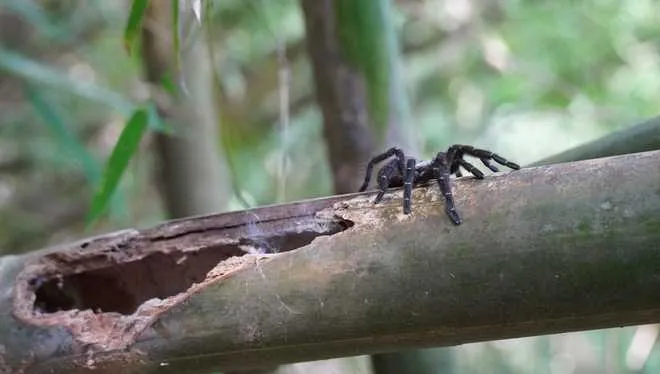Thailand Tarantulas Top 5 Species You Must Know
Thailand is a biodiversity hotspot, and its diverse ecosystem is home to a fascinating array of creatures, including several stunning tarantula species. For those intrigued by these impressive arachnids, Thailand offers a unique opportunity to observe and learn about these creatures in their natural habitats, and also appreciate their importance in ecosystem. From vibrant blues to striking patterns, these spiders are a testament to the wonders of the natural world. This guide explores five of the most captivating tarantula species found in Thailand, providing insights into their characteristics, habitats, and the best ways to appreciate these amazing creatures.
The Cobalt Blue Tarantula
One of the most visually striking tarantulas, the Cobalt Blue Tarantula ( Cyriopagopus lividus ) is immediately recognizable for its iridescent blue coloration. Found in the tropical forests of Thailand and Myanmar, this species offers a spectacular display of nature’s artistry. This species is a fossorial species, meaning that it spends the majority of its time in burrows. The cobalt blue tarantula is a popular pet due to its coloration, but its temperament can be unpredictable, and it is important to handle with caution.
Appearance and Characteristics
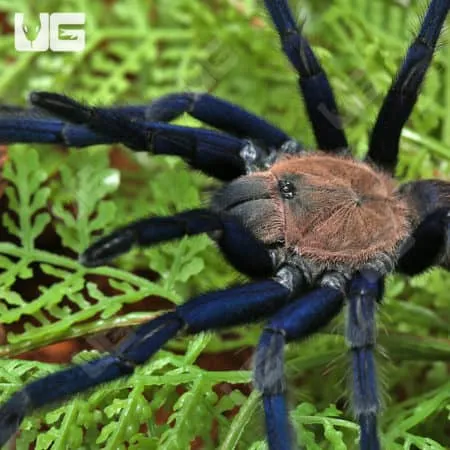
The most notable feature of the Cobalt Blue Tarantula is its vibrant blue legs and carapace, which contrast with its dark abdomen. This coloring is especially prominent in juveniles, while adults may display a slightly muted hue. These tarantulas are medium-sized, with a leg span that can reach up to 5–6 inches. The cobalt blue tarantula is a fast-growing spider, making it an interesting species to keep for enthusiasts. The chelicerae and fangs are often a darker shade, adding further visual interest to the tarantula.
Habitat and Distribution
This tarantula species is native to the tropical rainforests of Southeast Asia, specifically Thailand and Myanmar. They are typically found in burrows near the ground, often among roots and under vegetation. The humid environment of the rainforest provides the ideal conditions for their survival. The cobalt blue tarantula prefers to dwell in humid and dark conditions, as they tend to be nocturnal. Understanding their habitat is essential for conservation efforts and pet care practices.
Care and Keeping
Keeping a Cobalt Blue Tarantula requires careful consideration of its needs. A terrarium with a substrate of moist soil and a hide is essential. Temperature should be maintained between 75–85°F (24–29°C) with high humidity. Feeding them appropriately sized insects, like crickets or roaches, is crucial for their diet. It is important to exercise caution when handling, as they can be skittish and fast. Always prioritize the spider’s safety.
The Giant Asian Earth Tiger Tarantula
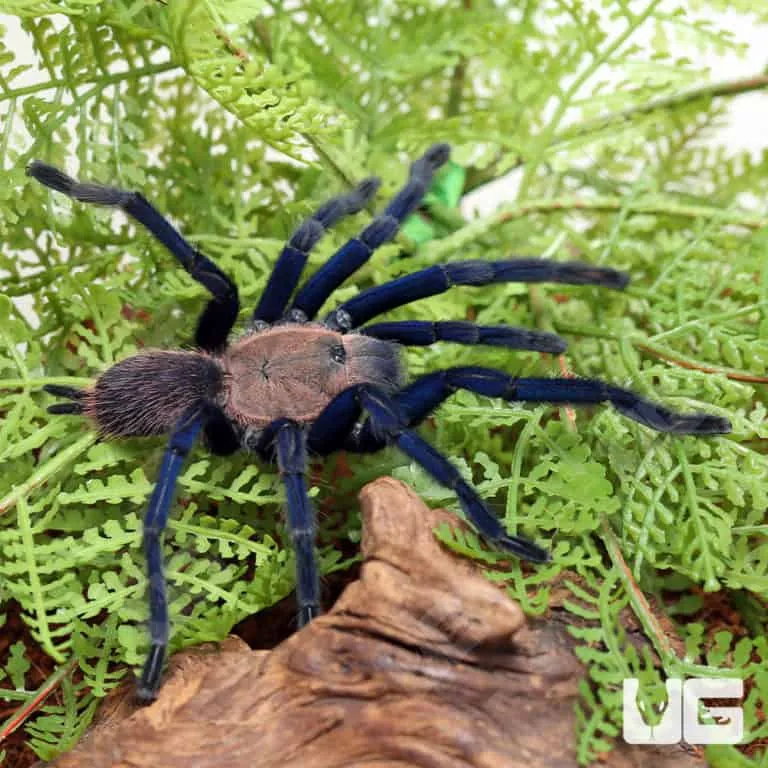
The Giant Asian Earth Tiger Tarantula (Heteroscodra maculata), while not exclusive to Thailand, is frequently encountered in the region, adding to the rich tapestry of tarantula diversity. These spiders are known for their impressive size and striking patterns. The Giant Asian Earth Tiger Tarantula is often found in the tropical forests and also in the forest floor of the region. The Giant Asian Earth Tiger Tarantula, with its formidable presence, is definitely a centerpiece in any enthusiast’s collection.
Appearance and Characteristics
The Giant Asian Earth Tiger Tarantula showcases a mottled appearance, with a combination of dark and light brown patterns across its carapace and legs. The legs exhibit a banded design, giving them the ’tiger’ moniker. They are one of the larger tarantula species, with leg spans that can reach up to 8–9 inches. Their size, along with their striking appearance, makes them an impressive sight. These spiders exhibit a more defensive behavior, so caution is always advised when dealing with them.
Habitat and Distribution
This tarantula is found across Southeast Asia and has adapted to a variety of habitats, including forested areas and disturbed landscapes. They are typically found in burrows or under rocks and debris. The Giant Asian Earth Tiger Tarantula is an opportunistic species that adapts well to its surroundings, and it makes it a common sight in areas with suitable shelter and food sources. Their adaptability allows them to thrive in various environments, from forests to more human-influenced areas.
Behavior and Temperament
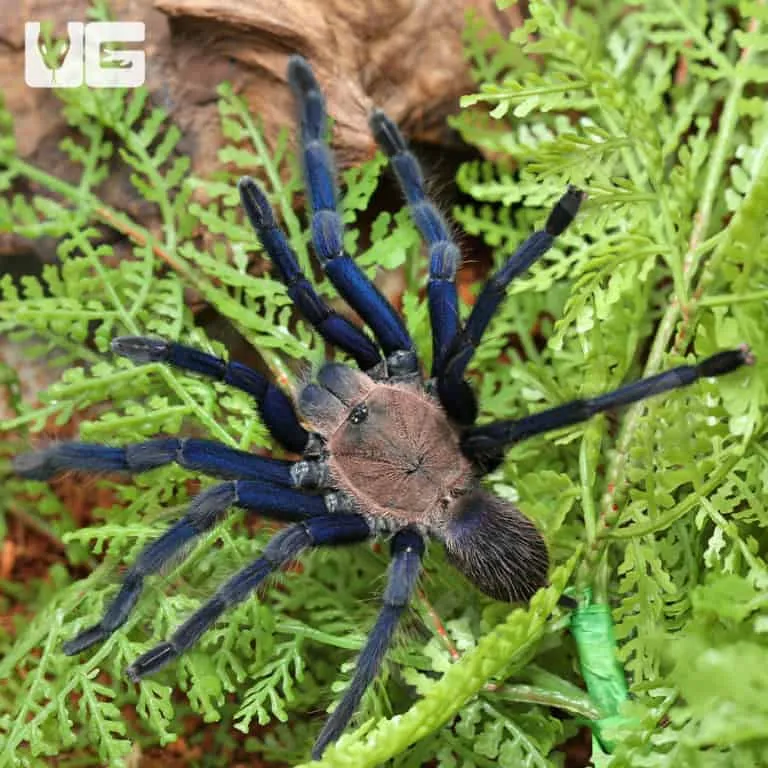
These tarantulas are known for their relatively defensive behavior and can be quite fast. They are prone to flicking urticating hairs as a defense mechanism, so it is best to avoid handling them unnecessarily. While they are not aggressive, they are easily startled and may bite if threatened. As a pet, they demand the same level of attention and care as other tarantula species, and knowledge of their behavior is essential for safe interaction.
The Thai Zebra Tarantula
The Thai Zebra Tarantula (Chilobrachys huahini) is a smaller, yet equally fascinating, species that hails from Thailand. Named for its distinctive markings, this tarantula offers a unique blend of beauty and behavioral interest. This spider is a captivating species and a favorite for both experienced enthusiasts and those new to tarantula keeping. The Thai Zebra Tarantula is a great way to start if you are planning to keep tarantulas for the first time.
Appearance and Markings
The Thai Zebra Tarantula’s namesake comes from the striking black and white banding on its legs, which resembles a zebra’s stripes. They have a dark carapace and abdomen, with a leg span typically reaching 4–5 inches. The contrast between the dark body and the striped legs creates a visually appealing look. This species’ appearance makes it a distinctive and attractive addition to any collection, being a good display species.
Habitat and Lifestyle

They are native to the tropical regions of Thailand, often found in burrows within forested areas. They are a semi-fossorial species, meaning they spend time both underground and on the surface. They are typically found in moist environments, and they are adept at creating burrows. Their nocturnal nature means they are most active during the night, adding to their mysterious nature. These spiders prefer to stay hidden most of the time, making it more exciting when they come out.
Diet and Feeding
The Thai Zebra Tarantula, like most tarantulas, is a carnivore. Their diet consists primarily of insects, such as crickets, roaches, and mealworms. Feeding frequency depends on the spider’s age and size, but generally, they eat once or twice a week. The spiders are ambush predators, and they will swiftly attack any prey that enters their territory. Maintaining a proper diet ensures their overall health and proper development.
The Green Earth Tiger Tarantula
The Green Earth Tiger Tarantula, which is also known as Omothymus rafescens, is an unusual tarantula species in Thailand due to its vivid color and the interesting contrast against its environment. Found in various regions across Thailand, this species is a great specimen for observation and is a favorite amongst enthusiasts. Their vibrant appearance makes them highly desirable. The Green Earth Tiger Tarantula showcases the wonderful biodiversity of the country.
Appearance and Distinctive Features
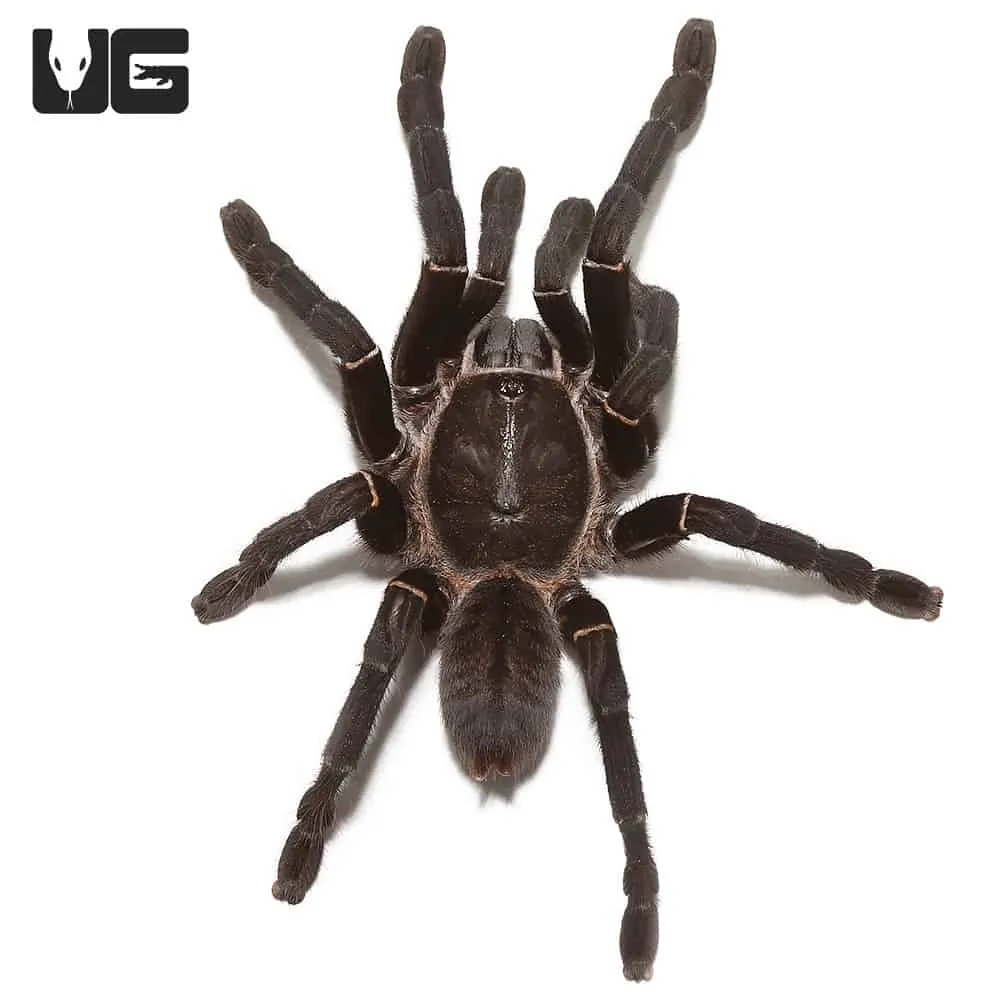
The Green Earth Tiger Tarantula is recognized by its green or yellowish-green carapace, which provides an eye-catching contrast to its dark legs and abdomen. The leg span can reach up to 6–7 inches. The vibrant green hue offers a beautiful contrast, and this can vary depending on the spider’s age and environmental factors. The species’ unique color sets it apart from other tarantula species, making it highly recognizable.
Habitat and Ecology
They are native to the tropical forests of Thailand. They are semi-arboreal, which means that they spend a portion of their time on the ground and in trees or shrubs. The Green Earth Tiger Tarantula benefits from the environment’s high humidity and dense vegetation. Their ability to adapt allows them to thrive in diverse environments, from dense forests to areas with more open spaces. Their behavior and ecology demonstrate the adaptability of this species.
Conservation Status
The Green Earth Tiger Tarantula is susceptible to habitat loss and the pet trade. Increased efforts are in place to protect their habitat, while managing trade by regulating the collection of the species from the wild. Understanding their vulnerability is important for conservation initiatives, which aim to safeguard the species’ survival. Conservation efforts also extend to the public, promoting awareness of the importance of protecting the tarantula’s habitat.
The Gold Earth Tiger Tarantula
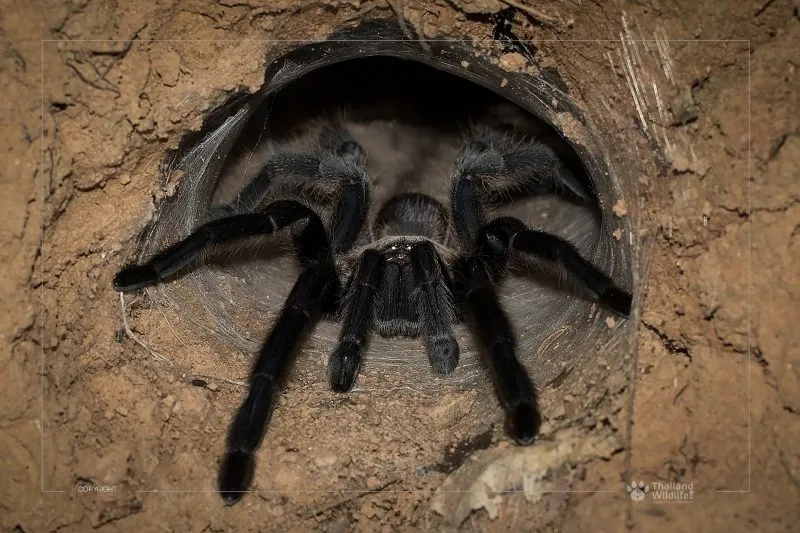
The Gold Earth Tiger Tarantula, also known as Cyriopagopus albostriatus, is an alluring species, and it is another striking example of Thailand’s tarantula diversity. The Gold Earth Tiger Tarantula, with its brilliant appearance, has a high appeal to both enthusiasts and collectors. This species offers insight into the varied world of Thailand’s tarantulas.
Appearance and Identifying Features
The Gold Earth Tiger Tarantula is named for its gold or yellowish-brown coloration, with distinct stripes on its legs. The color becomes more vibrant as they grow. They typically have a leg span of up to 6–7 inches. The combination of gold hues and striped patterns on the legs offers a beautiful contrast, making them visually appealing and a favorite for display. These tarantulas are distinguished not only by their stunning appearance, but also by their size.
Natural Habitat
The Gold Earth Tiger Tarantula thrives in the tropical forests and grasslands of Thailand. The species is usually found on the forest floor or in burrows. The environmental factors, like the humidity and shelter provided by the forests, are essential for their survival. It is important to have a strong understanding of their native habitat so that these creatures are protected.
Conservation and Threats
The Gold Earth Tiger Tarantula, like many other species, faces threats from habitat loss and over-collection for the pet trade. Initiatives are in place to ensure the species’ sustainability, which includes sustainable practices and regulating the trade. Habitat preservation and educational programs are crucial to conserve their population. Awareness and conservation efforts contribute to the protection of this species for future generations.
Thailand’s tarantulas, each species tells a unique story of adaptation and resilience. Whether it’s the vibrant Cobalt Blue Tarantula or the striking Thai Zebra Tarantula, these arachnids highlight the biodiversity and beauty of Thailand’s natural world. By appreciating these amazing creatures and supporting conservation efforts, we can help preserve their existence and ensure that future generations can marvel at these incredible species.
